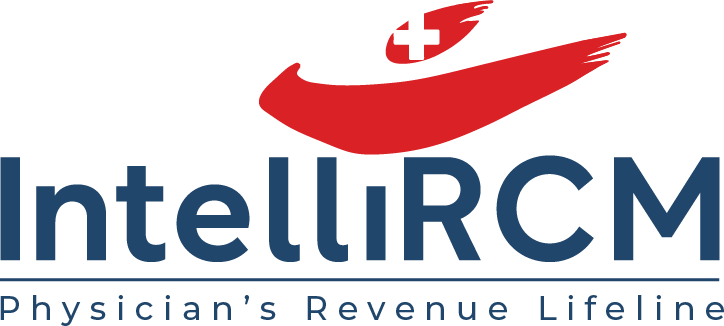By intellircm
24th May 2023
Blog
Understaffed medical facilities with outdated, manual patient access protocols set the stage for poor patient outcomes, such as low satisfaction ratings, decreased staff confidence, and low retention rates. A shortage of patient check-in and registration staff increases errors, and patients become frustrated with long waiting times.
Bad perceptions of a hospital's capability to treat patients in a timely and organized manner lead to poor reviews, damaged community reputation, increased cancellations, and lower patient counts, resulting in a loss of revenue. How can you
improve revenue cycle performance amid staffing shortages? We have some steps you can take.
How Staffing Shortages Impact Your Revenue Cycle Performance
Patients today
are not happy with the level of care they are receiving. Staffing shortages not only lead to poor patient experiences but also to adverse outcomes such as death. Is it impacting your practice’s revenue cycle performance? Ask yourself these three questions:
- What is the impact of a staff shortage?
- How do you manage a staff shortage?
- What is the solution to staff shortage?
Then, you must determine if it is time to improve revenue cycle performance amid a staffing shortage. Lack of adequate staff can also lead to poorly processed claims, which directly impacts your practice's revenue.
If your team is too busy with a task like registering patients — a task they could do themselves — it can impact the processing of clean claims. A busy registrar may forget to include pertinent information that patients have added to their admission forms.
That could lead to a denial or delay in payment of the claim. All of which will cost you net revenue and further exasperate your already overworked and exhausted staff.
3 Steps to Improving Revenue Cycle Performance
Automation is the first step to improving revenue cycle management in the face of staffing shortages. Once you automate tedious tasks, you can increase net revenue by implementing these three steps in the integration process:
1. Integrate Patient Access
The most recent global health crisis contributed to
the rise of telehealth as more than half (57%) of patients prefer to see a doctor via a virtual visit versus going into the medical office.
Integrating patient access allows them to schedule these appointments, meet their doctors, view their medical charts, and even communicate with other medical staff.
Streamline intake and engagement on one platform to enhance efficiency, improve revenue cycle performance, and maintain positive patient experience while
avoiding denials, reworking claims, and writing off bad debts.
A patient portal also makes it easier for patients to access your practice’s online payment processing service. Allow them to connect directly to a secure payment portal on your website and get claims, co-pays, and deductibles paid sooner.
2. Transition Registrar Tasks to Patients
Leveraging digital self-service is key to reducing staffing shortage challenges. Take the pressure off of your registration staff. Give patients the intuitive experience they want by enabling them to complete pre-registration online using digital forms and assessments, e-signatures, and check-in digitally from a virtual waiting room or kiosk.
3.Ensure Data Integrity
Put patients in charge of their own healthcare experience by allowing them to enter their data. This allows you to take a step closer to guaranteeing the integrity of that data.
Yet, regardless of who is entering the information into the system, the right revenue cycle management solution ensures the security of the data it holds.
For example, at IntelliRCM, we use automation, AI, machine learning, and predictive analytics to identify and eliminate errors that could lead to reworking claims and claims denials.
Automate Manual and Outdated Processes with IntelliRCM
Finding ways to improve revenue shouldn't take you away from patient care. At IntelliRCM, we combine our goal-focused process development with our innovative thinking to offer a solution that streamlines your revenue cycle management.
We offer 24- to 48-hour timelines for claim submissions and a 48-hour turnaround on denied claims once your practice receives the denial. Improve your revenue cycle with ease.
Contact us today to speak to one of our experienced and friendly professionals to book your FREE RCM analysis.






